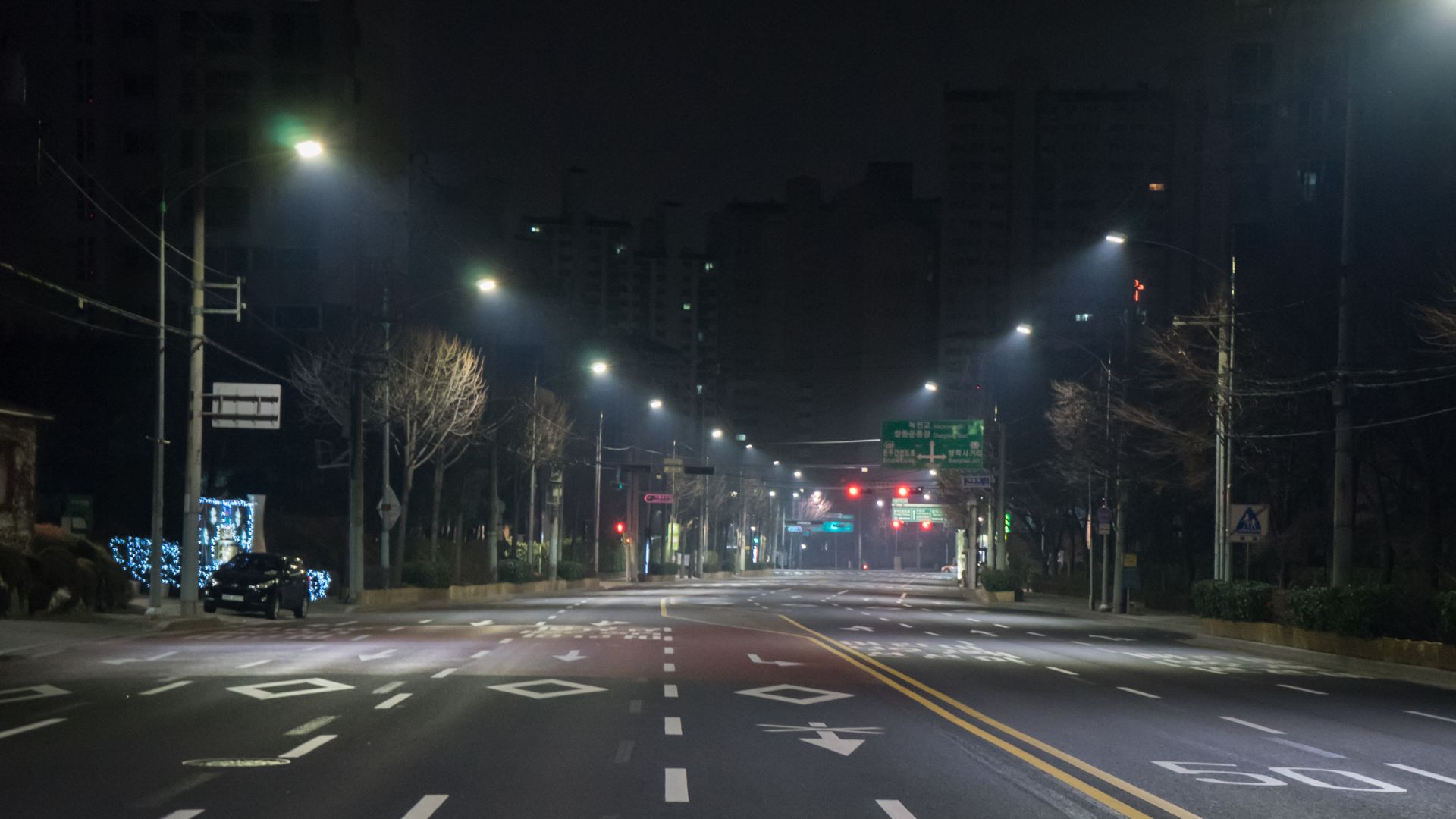Colima, recognized as one of Mexico’s most livable cities, is a burgeoning hub of commerce and service industries. However, its rapid growth has outpaced the development of its infrastructure, leading to increased commute times, congestion, and pollution. This lack of modernized infrastructure not only hinders community access but also contributes to escalating crime and poverty.
Environmental Challenges and Disaster Response
The city has also faced significant environmental challenges, including a devastating earthquake in 2003 that left thousands homeless and a destructive hurricane in 2015 that damaged infrastructure. Colima’s effective multi-level government response, including shelters, food distribution, and emergency medical services, has been crucial in mitigating the human cost of these disasters, thanks in part to early warning systems.
Strengthening Urban Resilience
Recognizing the need for enhanced resilience, Colima was selected in 2016 to join the “100 Resilient Cities” program, sponsored by the Rockefeller Foundation. This initiative aims to assist cities worldwide in becoming more resilient to various shocks and stresses, whether they be physical, social, or economic. Following its selection, Colima’s municipal government embarked on developing an urban resilience agenda with the assistance of international experts, local citizens, and various societal organizations.
Municipal Street Lighting Modernization Project
A key aspect of Colima’s resilience strategy is the promotion of energy and climate action policies, particularly through the adoption of energy-efficient strategies. A significant step in this direction was the decision to upgrade the city’s street lighting. The Lighting Modernization Project Team chose LEOTEK’s GreenCobra luminaires for their high performance, efficacy, and reliability. The implementation began in critical areas that required enhanced lighting for safety, such as the city center and other popular night-time destinations.
Impact on Safety and Environment
Prior to this upgrade, it was estimated that 85% of Colima’s street lighting would fail annually, leaving many areas in darkness for extended periods. This not only posed safety risks but also affected the city’s overall functionality. The modernization project aimed to address these issues, with the additional goal of achieving more than 35% annual savings in energy consumption and a significant reduction in greenhouse gas emissions.
Conclusion: A Brighter, Safer, Greener Colima
Through the Municipal Street Lighting Modernization Project and its partnership with LEOTEK, Colima is making strides towards becoming a more resilient, sustainable, and safe city. The focus on energy-efficient lighting solutions not only enhances public safety but also aligns with broader environmental goals, marking a significant step in Colima’s journey towards reliability and sustainability.
Author
-
Johnny Wu
Specializing in SEO and digital marketing with a passion for enhancing online visibility. With over a year in the IoT industry, I focus on advancing roadway IoT and AI technologies to improve traffic management and road safety.



